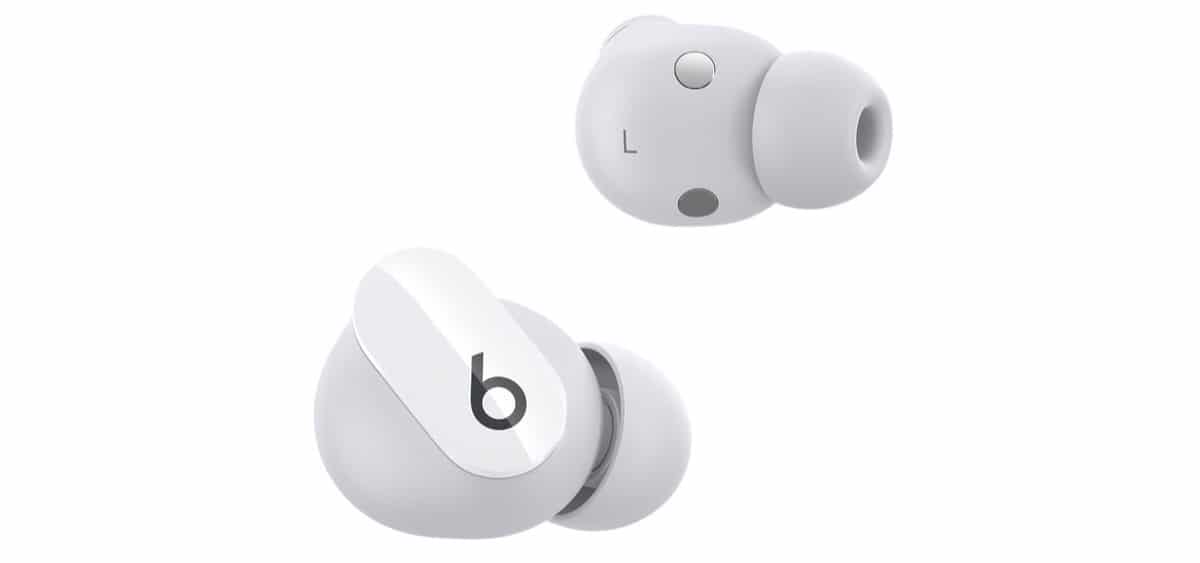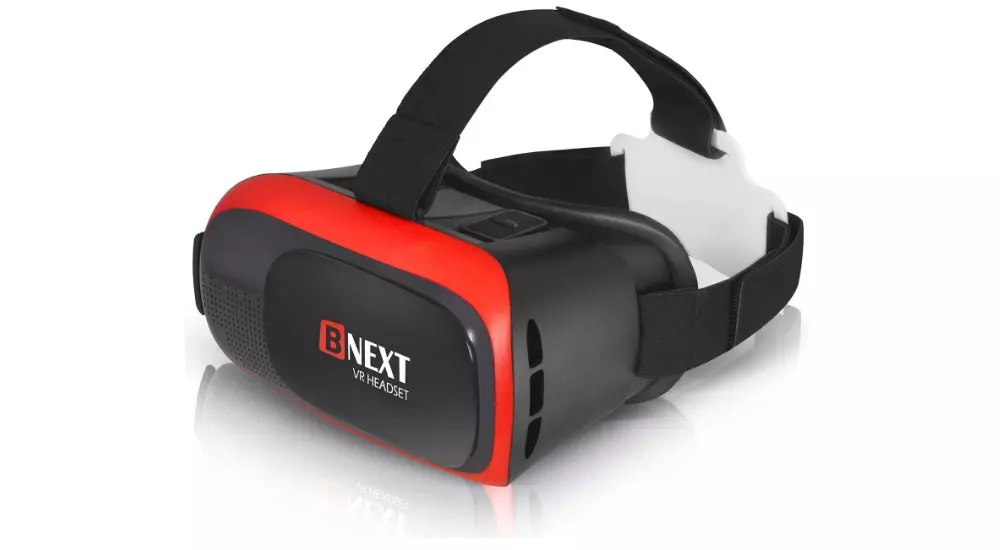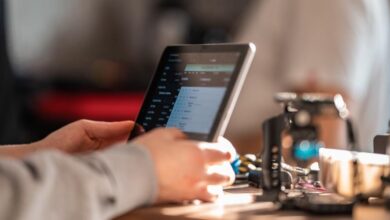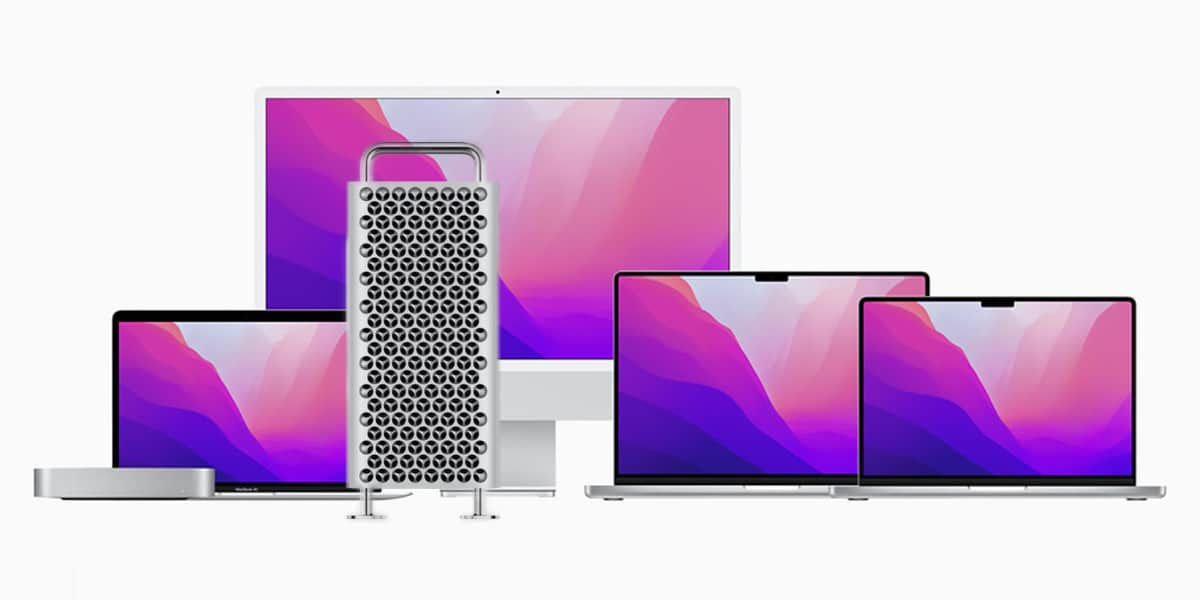

A market study has just been published on the total sales of the different models of Apple computers sold in the fourth quarter of 2022. And these data present some curious sales figures.
It turns out that the best-selling MacBook isn’t exactly the cheapest, as you might expect. And something similar happens with desktop computers. Breaking down model-by-model sales, the actual numbers are far from what any of us might imagine. Let’s see.
American analyst firm Consumer Intelligence Research Partners (CIRP) has just published an interesting market study on sales of Apple computers in the fourth quarter of last year. And the fact is that some of the figures published are very surprising.
The first headline thrown by this study is that Apple laptops are the best-selling models of all the computers of the Cupertino company. The combined sales of MacBook Air and MacBook Pro represent almost three quarters of total Macs sold.
The MacBook Pro is the best-selling Mac
That means Apple desktops only represent the 26% of sales Mac totals. A curious fact that at first glance attracts attention. Granted, the company only currently has one iMac model, but it has several reasonably priced Mac minis that don’t seem to appeal to the Mac user.
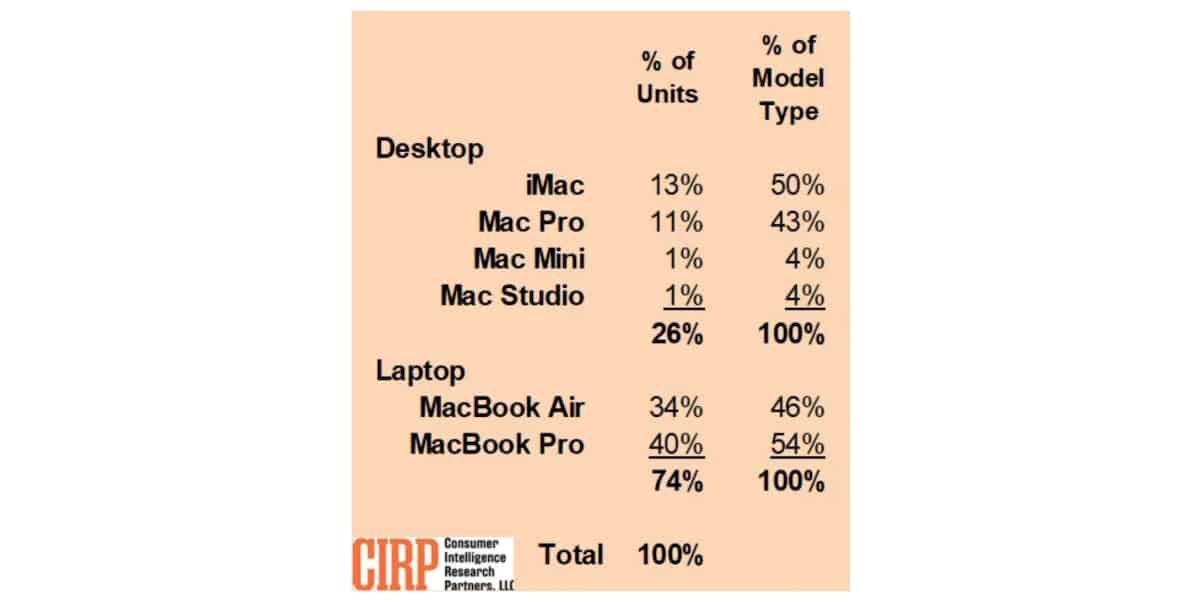
Figures published by CIRP.
The MacBook Pro is Apple’s best-selling computer.
Another curious fact from the study is that the best-selling laptop model is not exactly the cheapest, as might be expected at first. The MacBook Pro it’s the best-selling laptop (54% of all MacBooks) and also the most popular Mac overall.
Something similar happens with desktop computers. The cheapest, the macminiThey hardly sell. They only occupy 4% of the total sales of fixed Macs, and represent a pyrrhic 1% of the total sales of Macs. On the other hand the Mac ProAt its price, it accounts for 43% of desktop Mac sales, compared to 50% for the iMac.
Regarding the intended use of Macs, the study reveals that 79% of sales are for personal use, 34% for study, and 49% for work.
